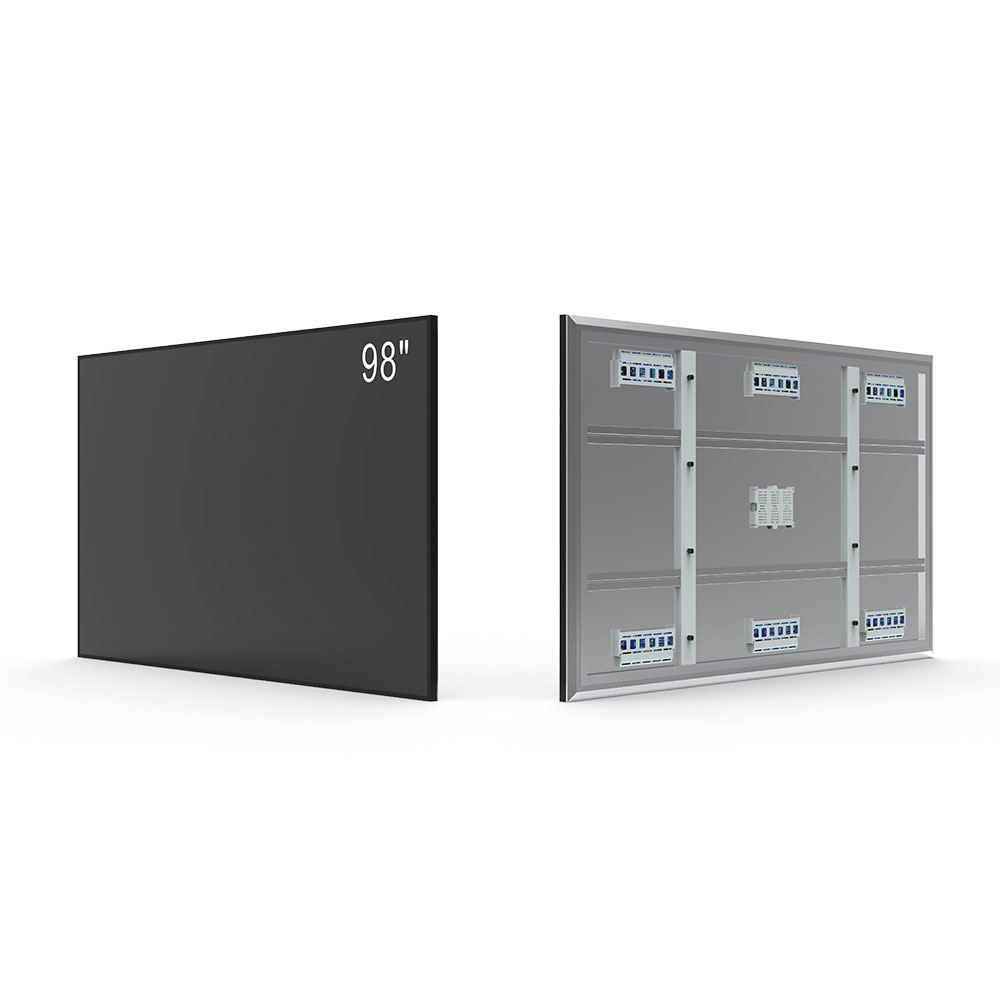In today’s increasingly connected and automated industrial landscape, the need for reliable, high-performance displays that operate flawlessly in harsh outdoor environments has never been more critical. From solar farms and oil rigs to construction sites and transportation hubs, industries rely on real-time data visualization to ensure operational efficiency, safety, and compliance. This is where sunlight readable high brightness LCD displays come into play—engineered not just to survive but to thrive under extreme conditions.
What Makes a Display "Sunlight Readable"?
A standard indoor LCD screen typically operates at 300–500 nits of brightness—sufficient for office lighting but utterly inadequate under direct sunlight, which can exceed 100,000 lux. In such conditions, glare and contrast degradation render standard screens unusable. Sunlight readable displays, by contrast, are engineered with minimum brightness levels of 1,500 nits, often reaching up to 5,000 nits or more. This ensures visibility even in full daylight, making them indispensable in outdoor applications.
Key Technologies Behind Sunlight Readability

Several engineering innovations contribute to this performance:

- High-Brightness Backlights: Modern LED-based backlighting systems use multiple high-luminance LEDs arranged in arrays to uniformly illuminate the panel. These are often pulse-width modulated (PWM) for precise control and energy efficiency.

- Anti-Glare Coatings: A micro-textured or matte surface treatment reduces reflected light, minimizing glare while preserving image clarity. Industry-standard coatings like AR (anti-reflection) or AG (anti-glare) are commonly used.
- Enhanced Contrast Ratios: High contrast ratios (typically 1000:1 or higher) maintain sharp text and graphics against bright backgrounds. Some advanced panels incorporate dynamic contrast enhancement algorithms.
- Wide Viewing Angles: To accommodate multiple operators or mobile viewing, panels must maintain readability from angles up to 178° horizontally and vertically—a requirement met through IPS (In-Plane Switching) or AHVA (Advanced Hyper-Viewing Angle) technologies.
- Environmental Sealing: IP65 or higher ratings protect against dust, water ingress, and temperature extremes (-30°C to +70°C). This is especially crucial in mining, maritime, and agricultural applications.
Real-World Applications Driving Demand
The demand for these displays isn't theoretical—it's driven by concrete industry needs:
- Solar Energy Monitoring: Solar farms require continuous monitoring of panel performance, weather conditions, and energy output. Sunlight-readable displays allow technicians to view real-time data without needing shade or artificial lighting.
- Oil & Gas Field Operations: Remote drilling platforms face intense UV exposure and thermal cycling. Displays must function reliably in both desert heat and arctic cold—often with minimal maintenance access.
- Transportation Infrastructure: Traffic management systems, toll booths, and railway signaling benefit from durable, readable displays that remain functional during daytime operations, reducing human error.
- Military and Emergency Response: Tactical vehicles and disaster response units need displays that perform under stress, whether in desert sandstorms or urban combat zones.
Case Study: Industrial Grade LCD Deployment in a Desert Solar Farm
A leading renewable energy company deployed a fleet of 200+ sunlight readable high brightness LCD displays across a 50 MW solar farm in the Middle East. Each unit was rated at 4,000 nits, IP65 sealed, and equipped with an IPS panel for wide-angle viewing. Over 18 months of operation, the system achieved a 99.7% uptime rate—demonstrating not only reliability but also reduced downtime costs. Maintenance intervals were extended due to robust environmental protection, and field staff reported significantly improved accuracy in daily inspections.
Standards and Certifications Matter
For mission-critical deployments, compliance with international standards is non-negotiable:
- MIL-STD-810G: Military-grade durability testing for shock, vibration, temperature, humidity, and altitude.
- IEC 60068: Environmental testing protocols for industrial equipment.
- EN 60950 / IEC 60950: Safety certification for electrical equipment.
- RoHS Compliance: Restriction of hazardous substances in manufacturing.
Manufacturers who meet these standards offer traceable quality, reduced liability, and long-term support—key considerations for procurement managers.
Choosing the Right Display: What to Look For
When selecting a sunlight readable display, consider:
- Brightness Level: Match the nit rating to your maximum ambient light condition. For full sun, 3,000+ nits is recommended.
- Panel Type: IPS offers superior color consistency and viewing angles; TN panels may be cheaper but suffer from poor off-axis performance.
- Touchscreen Compatibility: Capacitive or resistive touch solutions should be specified based on glove compatibility and environmental resistance.
- Power Efficiency: Lower power consumption improves battery life in mobile units and reduces cooling requirements in enclosed systems.
- Customization Options: Many vendors offer OEM/ODM services for mounting brackets, bezel finishes, and firmware integration.
Future Trends in Sunlight Readable Displays
Looking ahead, several innovations promise to further enhance performance:
- Mini-LED and Micro-LED Backlighting: Offering localized dimming and deeper blacks, improving contrast without sacrificing brightness.
- AI-Powered Adaptive Brightness Control: Using ambient light sensors and machine learning to dynamically adjust brightness based on time of day, weather, and user behavior.
- Flexible and Ruggedized OLEDs: Emerging materials that combine flexibility with extreme durability, ideal for curved surfaces or high-vibration environments.
- Integration with Edge Computing: On-device processing allows for real-time analytics directly on the display, reducing latency and network dependency.
Conclusion
Sunlight readable high brightness LCD displays are no longer a niche product—they are a strategic necessity in modern industrial design. Whether deployed in remote energy installations, heavy machinery, or public infrastructure, these displays bridge the gap between digital intelligence and physical reality. With ongoing advancements in materials science, backlighting technology, and environmental resilience, they will continue to set new benchmarks for reliability, usability, and operational excellence in outdoor settings.
For engineers, procurement officers, and project managers, investing in certified, high-brightness LCDs isn’t just about visibility—it’s about ensuring mission continuity, workforce safety, and long-term ROI. The future of industrial automation depends on screens that don’t just work in the sun—they shine in it.







